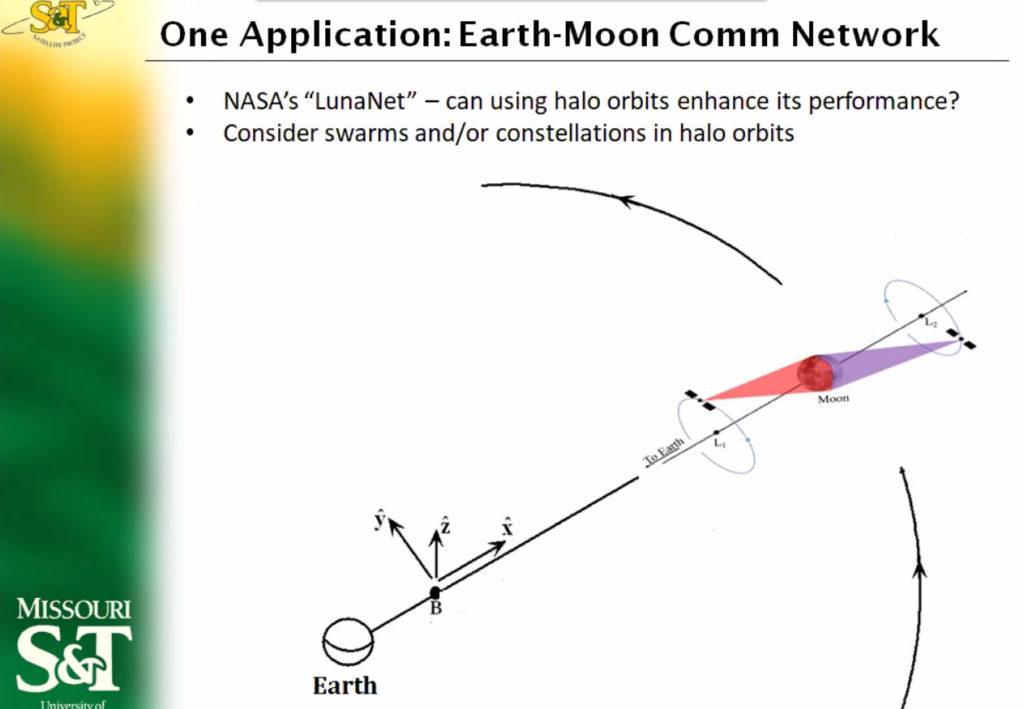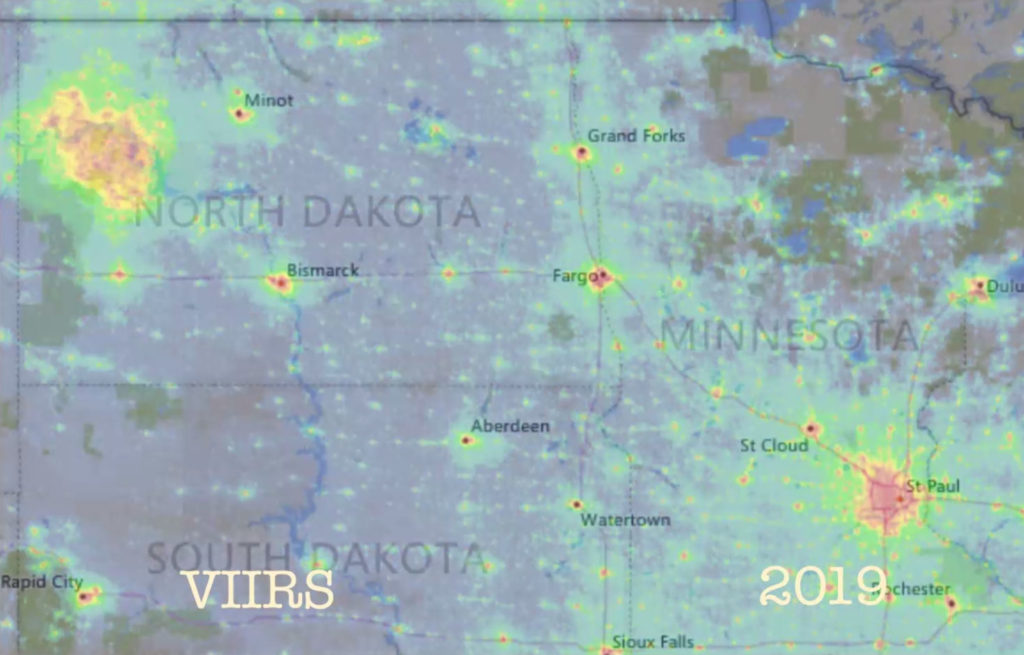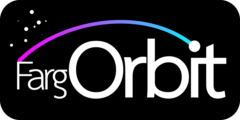Minnesota Space Grant held another Short Talks event on 14 November 2019. The online videoconference provided a glimpse into the diverse expertise at midwest universities supported by NASA Space Grant on topics of interest. The talks will eventually be posted on MnSGC’s YouTube channel.

Dr. Matthew Nelson (Iowa State) presented information about the M:2:I “Make to Innovate” initiative at Iowa State University’s Department of Aerospace Engineering.
The academic program recasts student aerospace projects as the work products of a technical elective, offered as a hands-on “flipped classroom” experience, with a common project management approach and support from Faculty and Industry experts.

Dr. Henry Pernicka (Ohio Northern University) is studying how to corral swarms of small satellites when they’re tossed into a halo orbits at Earth-Moon L1 and L2.
Swarms solve some of the reliability problems always feared in solo spacecraft in “deep space” that can’t easily be replaced. But they’re also difficult to fly in formation near the Lagrange points, where even slight differences in trajectory can quickly turn a tight formation into an M. C. Escher painting.

Dr. Bryan Boulanger (Ohio Northern University) is a Civil Engineer active in the International Dark Sky Association, who shared developments in floodlight design and photometry, key parts of the battle to curb light pollution and return stars to the night sky.
The talk went beyond the familiar photos of Earth at night – one striking slide showed hard data taken at 750 meter resolution by the VIIRS instrument on the Suomi NPP satellite, showing the excessive light generation in places like Minneapolis-St. Paul and the industrialized portions of western North Dakota. The hard photometric numbers show just how much the problem has worsened – and where.
